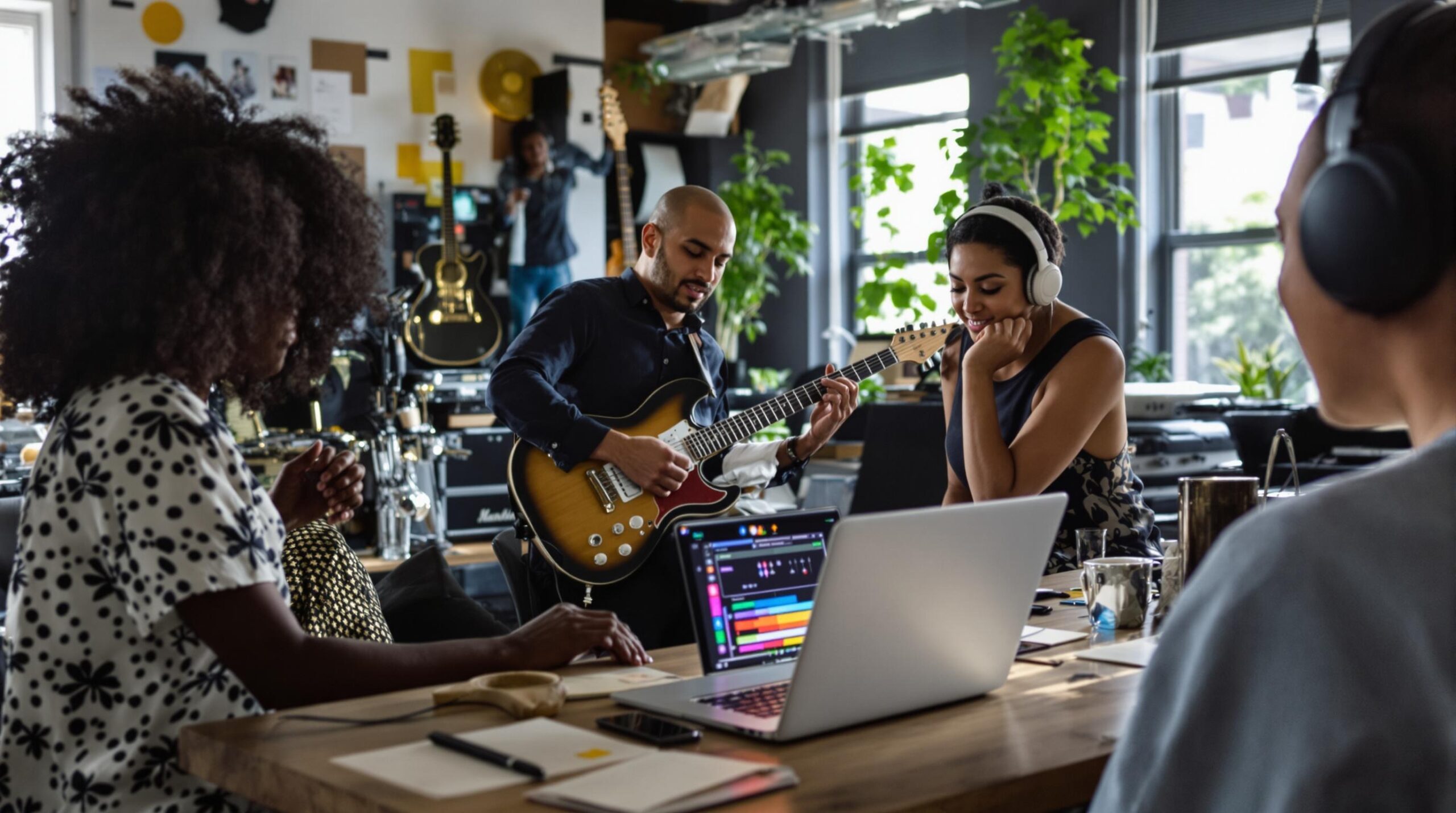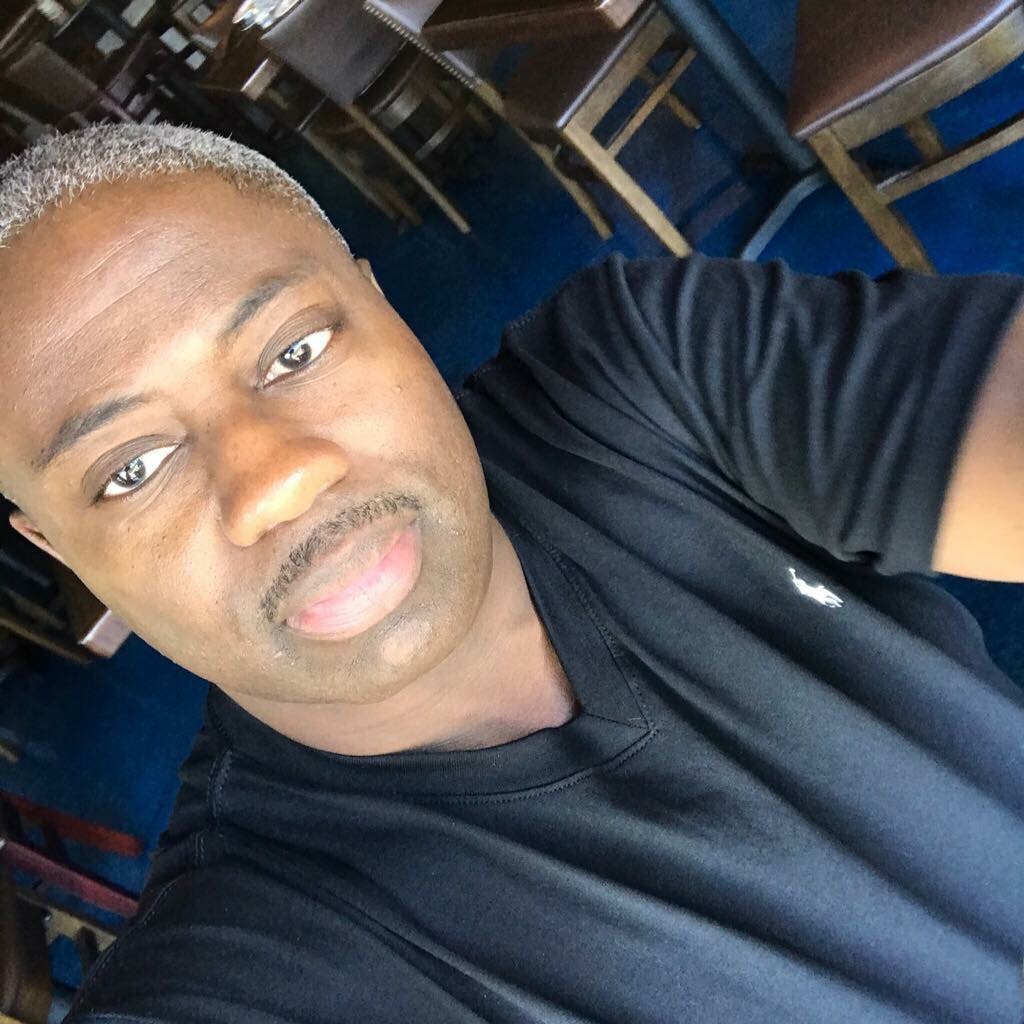Artificial Intelligence (AI) has revolutionized many creative fields, including music composition. A new AI-powered music composition app has become increasingly popular among indie artists. Its innovative features and user-friendly design attract musicians seeking fresh ideas and streamlined workflows. This groundbreaking tool has quickly gained a dedicated user base, shaping how indie artists create and produce music today.
Features of the AI-Powered Music Composition App
The app employs sophisticated algorithms that analyze music theory and vast audio datasets. This allows it to generate creative compositions tailored to the artist’s style. Users can input parameters such as genre, mood, and instrumentation. As a result, the AI can compose unique pieces that align with the artist’s vision. This advanced functionality provides indie musicians with endless possibilities for exploration and experimentation.
Another standout feature is the app’s intuitive interface. It is designed with novice and experienced musicians in mind. Its user-centric design enhances creativity without overwhelming technical complexity. Artists can easily navigate options, adjusting melodies and harmonies with precision and fluidity. This accessibility makes the app appealing even to those new to digital music production.
Addressing the Needs of Indie Musicians
Independent artists often face limited resources compared to their major-label counterparts. The AI-powered app provides a valuable solution, offering high-quality output without extensive financial or technical investments. This democratization of music production levels the playing field. It allows indie musicians to compete alongside established artists, fostering diverse voices and heightened creativity.
Cost-efficient accessibility is another key benefit for indie artists. Typically, professional music production requires expensive recording sessions with top-tier studios. This AI tool reduces these costs, enabling artists to produce polished tracks from any location. Additionally, the app provides royalty-free compositions, alleviating concerns over licensing or copyright issues. This empowers artists to focus on creativity without legal distractions.
Enhancing Creativity and Collaboration
The AI app does not replace human creativity; it enhances and complements it. Offering a fresh perspective sparks new ideas and directions for musicians. Users remain at the core of the creative process, guiding AI outputs and incorporating them into unique projects. This symbiotic relationship results in innovative works that combine human emotion with machine precision.
The app makes collaboration more manageable, allowing artists to share real-time projects. Musicians from different corners of the globe can seamlessly collaborate on compositions, fostering cross-genre integrations and enriching the music landscape with diverse influences. The AI app acts as a bridge, connecting artists who might never have been able to create together.
Real-world Success Stories
Numerous indie artists have testified to the app’s effectiveness in transforming creative processes. Singer-songwriter Emily Fields credits the app for reinvigorating her songwriting. Fields found inspiration in AI-generated melodies that pushed her creative boundaries, leading to unexpected breakthroughs in her music. The app redefined her approach, making it more experimental and dynamic.
Electronic musician Tom Delgado leveraged the app to develop complex, layered tracks with ease. The intuitive modulation and automation features allowed him to realize his artistic vision. The app’s capabilities broadened his DJ sets’ soundscapes while maintaining his distinctive style. Delgado emphasized that the app introduced efficiency and flair to his composition process.
Addressing Criticisms and Concerns
Despite its popularity, the app has faced some criticism related to authenticity and originality. Critics argue that AI-generated compositions could dilute artistic authenticity. These concerns highlight the tension between machine assistance and human originality. However, proponents believe the app serves as a tool, not a replacement, for genuine artistic expression. Users retain creative control, employing the app as a conduit for their visions.
Another challenge is the potential homogenization of sound. There is a risk that over-reliance on AI patterns could lead to similar-sounding outputs. To counter this, developers continuously update algorithms to ensure outputs remain diverse and fresh. As artists customize parameters, the app tailors output to their distinct preferences, preserving unique artistry.
Future Prospects and Innovations
The app’s capabilities are expected to grow significantly as AI technology evolves. Future updates might focus on more granular customization options and enhanced collaboration features. Developers are exploring advanced machine learning techniques that could allow the AI system to better “learn” from user feedback. This would further refine its output, adapting more closely to individual artist styles.
Virtual reality (VR) integration is another exciting prospect. This could redefine how artists engage with the app, offering immersive composition experiences. Musicians could explore and manipulate their compositions in three-dimensional digital spaces. Such innovations promise to take music production to new heights, creating novel ways of interacting with music.
Conclusion
The new AI-powered music composition app has forged a path for innovation in the indie music scene. It presents a suite of powerful features catering to independent artists’ creativity and needs. Though challenges exist, its ability to enhance and facilitate creativity remains unparalleled. It has carved out a significant niche within the music industry by bridging technological advancements with artistic expression. Future developments promise even more tremendous potential, heralding an exciting music composition and production era. The app exemplifies how technology can transform creative endeavors, opening new possibilities for artists worldwide.


